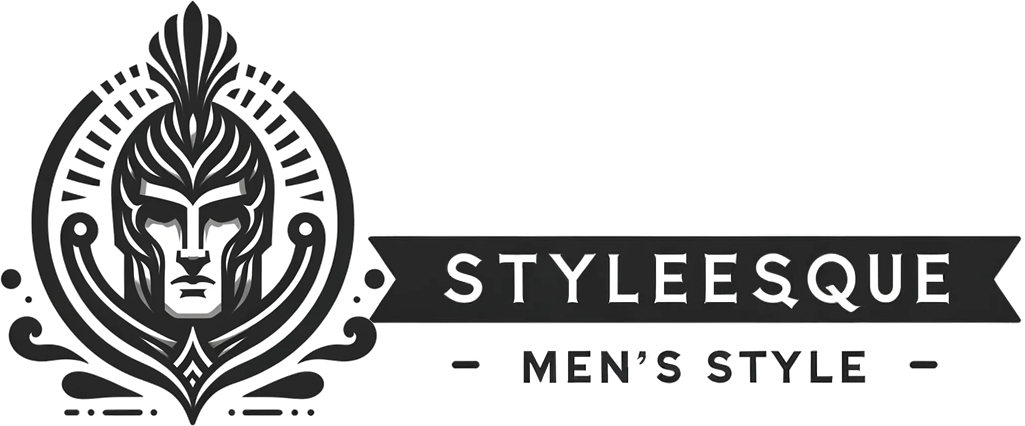The Importance of Tailoring: Perfecting Your Fit
Published Monday, July 8, 2024 By Styleesque Staff

Key Measurements for Tailoring
Accurate measurements and understanding the common measurements in men’s tailoring are essential for achieving the perfect fit. This section will explore why precise measurements matter and the specific body measurements that are commonly used in men’s tailoring.
Importance of Accurate Measurements
Accurate measurements are crucial in tailoring because they ensure that clothing fits properly. A well-fitted garment enhances appearance, comfort, and confidence. Tailors focus on specific measurements to guarantee the best results. Incorrect measurements can lead to clothes that are too tight or too loose, impacting both aesthetics and comfort.
Taking precise measurements helps tailors make adjustments suited to individual body proportions. For instance, an accurate chest measurement ensures that the jacket fits comfortably without being too restrictive. The right waist measurement allows trousers to sit perfectly on the hips, offering both style and ease of movement. These details combine to create clothing that looks and feels tailored to the individual.
Common Measurements in Men’s Tailoring
Several key measurements are fundamental in men’s tailoring, including chest, waist, and sleeve length. Each plays a unique role in achieving an ideal fit.
The chest measurement is taken around the fullest part of the chest and ensures that jackets and shirts provide enough space without being baggy. The waist measurement is taken around the narrowest part of the torso, which helps in creating trousers that conform well to the body’s natural shape.
In addition to chest and waist, sleeve length is a crucial measurement. The sleeve length determines how well a shirt or jacket fits on the arms, affecting both comfort and appearance. Tailors also measure the neck size for dress shirts, ensuring the collar fits comfortably without being too tight. All these measurements are interconnected, and precise values are essential for balancing proportions and achieving a harmonious fit.
Elements of a Tailored Suit

A well-tailored suit emphasizes the fit and key details of both the jacket and trousers. Understanding these elements ensures a refined and polished appearance.
Jackets and Their Features
A well-fitted jacket is paramount in tailoring. It should fit snugly at the shoulders without pulling or draping excessively. The sleeve length should reveal about half an inch of the shirt cuff.
The lapels are another focal point; they should lay flat against the chest and not bow out. The waist of the jacket should contour to the body, enhancing the natural shape without feeling tight. Vents at the back provide mobility and should align perfectly when standing straight.
Pockets, although functional, also play a role in the suit’s aesthetics. Flap pockets add a touch of formality, while jetted pockets lend a sleeker look. The buttons, typically two or three, must be well-aligned with the jacket’s closure, ensuring a smooth line down the front.
